For three centuries, the cellars of tumbledown houses in the old town were home to a hidden Jewish community, that of the conversos who came here from Spain after 1474. Used to hiding their faith in Spain, these “new Christians” continued to practice their old religion in secret when they came to France. Bordeaux’s Jewish community began to emerge from the shadows only in the mid-18th century.
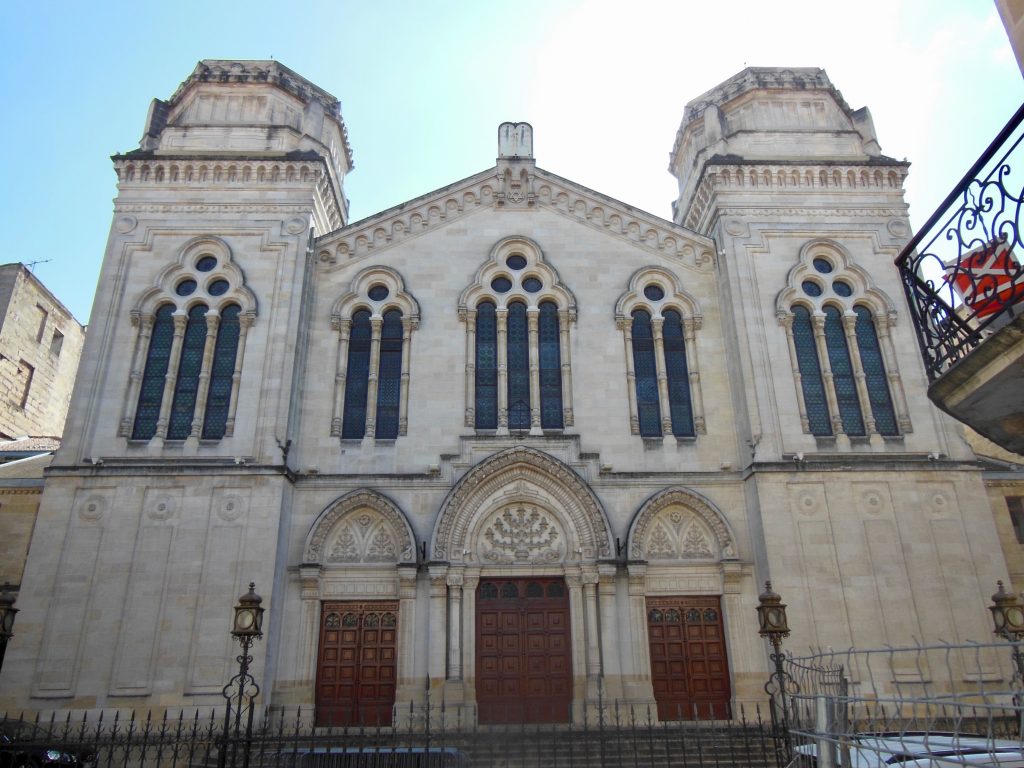
Ancient texts record the presence of Jews in Bordeaux from as early as the 6th century. A document dating from 1072 evokes a “Mont-Judaïque” which would have been on the outskirts of the ancient city of Bordeaux, where the streets Mériadec and Dauphine are currently located. It is in this sector of the city that the Jewish cemetery was located.
When the city of Bordeaux was under English rule (from 1154 to 1453), the Jews had to face threats of expulsion and high taxations by the British as well as by the regents. The Jews of Bordeaux were then organized under the banner “Community of the Jews of Gascogne”.
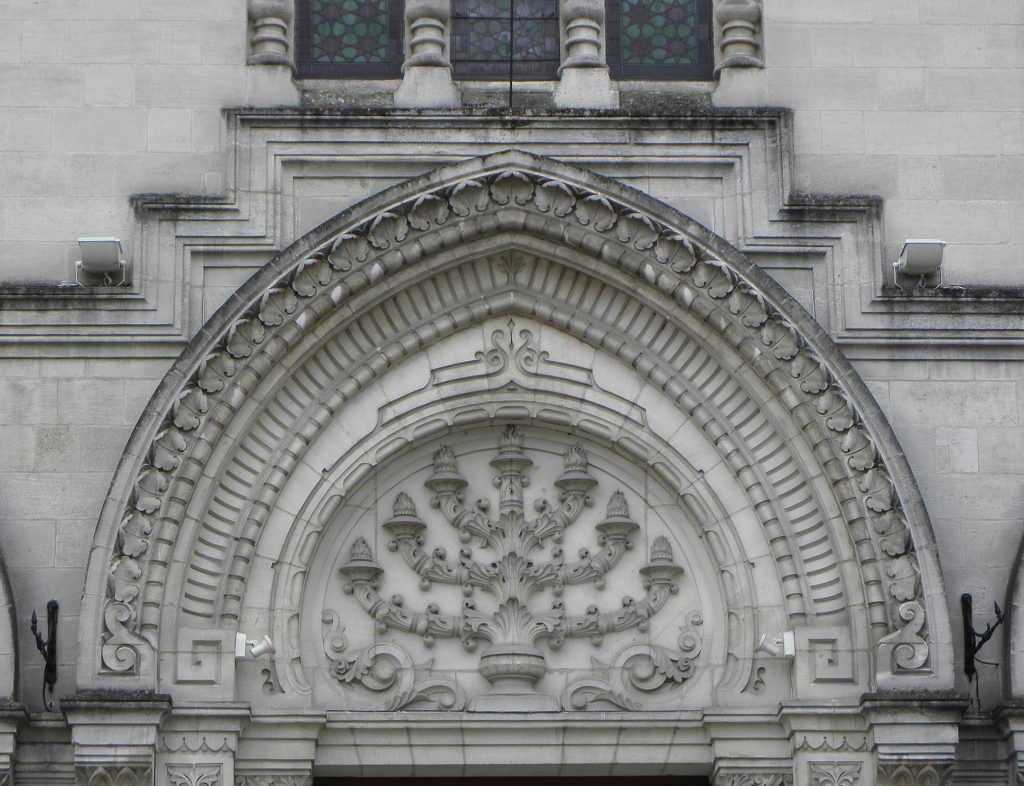
The Inquisition caused the departure of many Jews from Spain and Portugal. Some of these arrived in Bordeaux. Many Marranos thus settled in the city in the middle of the 16th century. Nevertheless, this acceptability underpinned the Christian life of these Portuguese Jews who could not resume their ancient rites. A municipal declaration stressed in 1734 that the practice of the Jewish religion was prohibited. A report drawn up in 1753 took offense at the fact that this religion was practiced in seven places designated as synagogues when it was in fact private places of prayer in apartments.
In 1725, Portuguese Jews bought land that allowed them to have a cemetery . It was used until the French Revolution and was definitively closed in 1911. The Avignon Jews bought a cemetery in 1728, which was in service until 1805. A third cemetery was opened in 1764 by the Portuguese Jews, which was gradually used by the whole community of Jewish women from Bordeaux.
The number of Jews in Bordeaux was still relatively low at the start of the 18th century. Indeed, the Sephardic community of Bordeaux and the Avignon Jews totaled less than 1800 people. This did not prevent threats of eviction during this century.
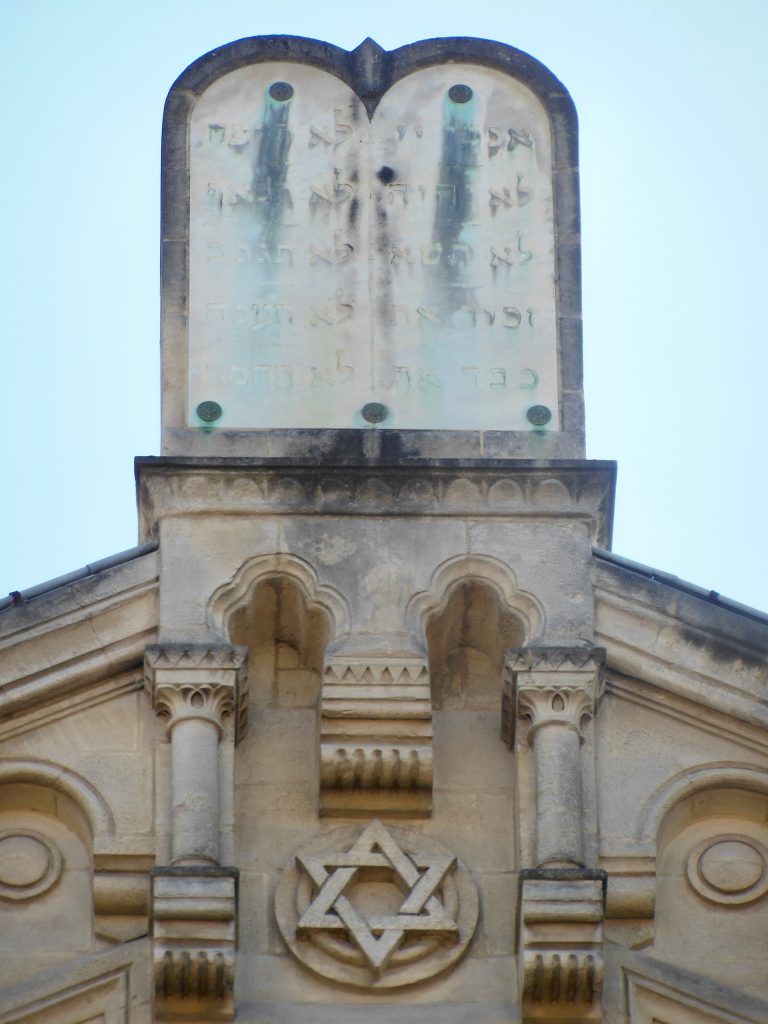
On the eve of the French Revolution, the Jews of Bordeaux sent two representatives to meetings organized by Chrétien-Guillaume de Lamoignon Malesherbes, advisor to Louis XVI, to discuss the Jewish condition in France. When this assembly ultimately decided to postpone a decision on the status of Jews and their right to equality as citizens, seven representatives of the community of Bordeaux argued their case before the Paris authorities. Meanwhile, the Declaration of Human Rights adopted on August 26, 1789, put an end to all discrimination against citizens. However, the Constituents do not agree on the status of the Jews. This resulted in a partial decree dated January 28, 1790, which stipulated that Portuguese Jews became the first active citizens. The emancipation of all Jews in France would be achieved a year later, on September 27, 1791.
When a census was presented in 1806, there were 2,131 Jews in Bordeaux. Among them, 1,651 from Spain or Portugal, 336 from Dutch, German or Polish origin, and 144 from Avignon. Abraham Furtado, who had participated in the Malesherbes Commission, is also present at the Assembly of 106 notables gathered by Napoleon, where he represents the Gironde. He will also be a member of the municipality of Bordeaux and will become deputy mayor. Following the sessions of the Grand Sanhedrin that took place a year later, the Consistory of Bordeaux was in charge of ten departments.
Abraham Andrade was appointed Chief Rabbi. The Great Synagogue on rue Causserouge was opened in 1809, allowing Jews from Bordeaux to leave the reclusive prayer halls. It was designed by architect Armand Corcelles in an oriental style.
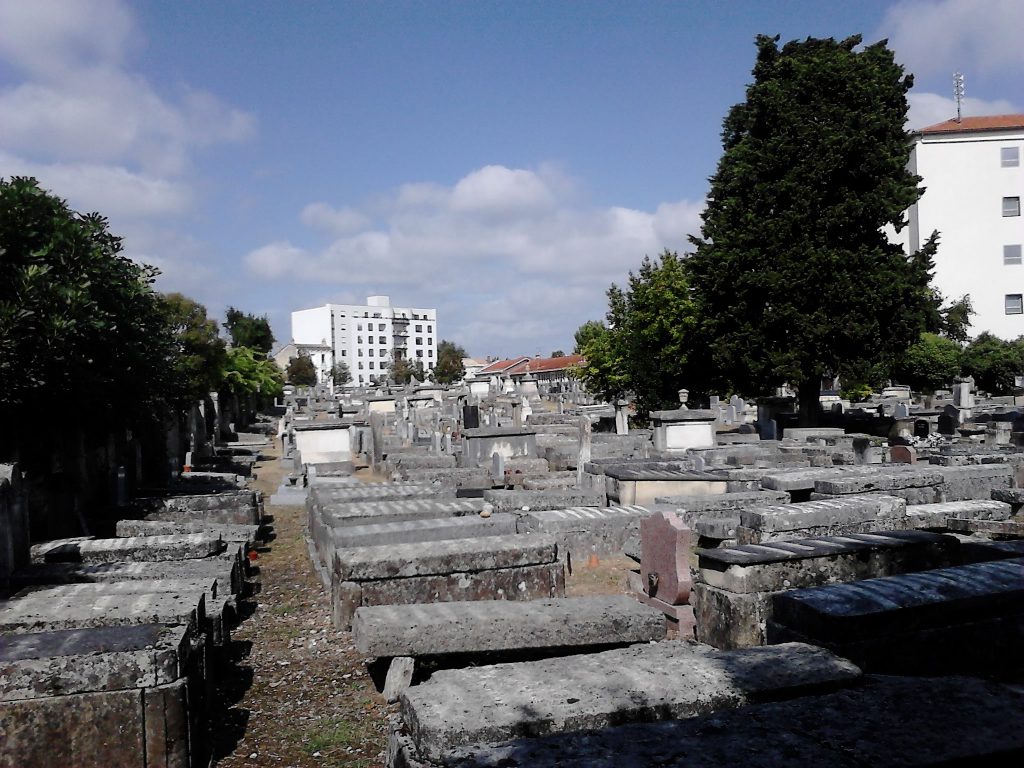
During these years, a Jewish school and a talmud torah were opened. Equal rights and duties also motivated participation in the public service and in political life. Thus, Jews from Bordeaux participated in municipal councils, and personalities like Salomon Camille Lopès-Dubec, Joseph Rodrigues and Adrien Léon were elected to the National Assembly.
The Great Synagogue of Bordeaux was destroyed by fire in 1873. This motivated the community to entrust the project of a new synagogue to the architects Paul Abadie and Charles Durand.
The synagogue was inaugurated in 1882. The architectural inspiration was of a mixture of Gothic and Oriental styles. The interior decoration is of Syrian, Ottoman, Egyptian and Moorish inspiration. The whole resulting in a majestic building and very original from an architectural point of view.
During the Second World War, the occupation in Bordeaux was very brutal. 1600 Jews were deported thanks to the zeal of the Collaboration. Among them was Maurice Papon, the sub-prefect in charge of German requisitions, the occupation service, and the Jewish affairs office. In 1998, he was sentenced to ten years’ imprisonment. A monument has since been erected in their memory.
The great synagogue, built in 1882, was pillaged during the Shoah and transformed into a gathering place before the deportations. After the war, the synagogue was restored, becoming the largest Sephardic rite synagogue in France.
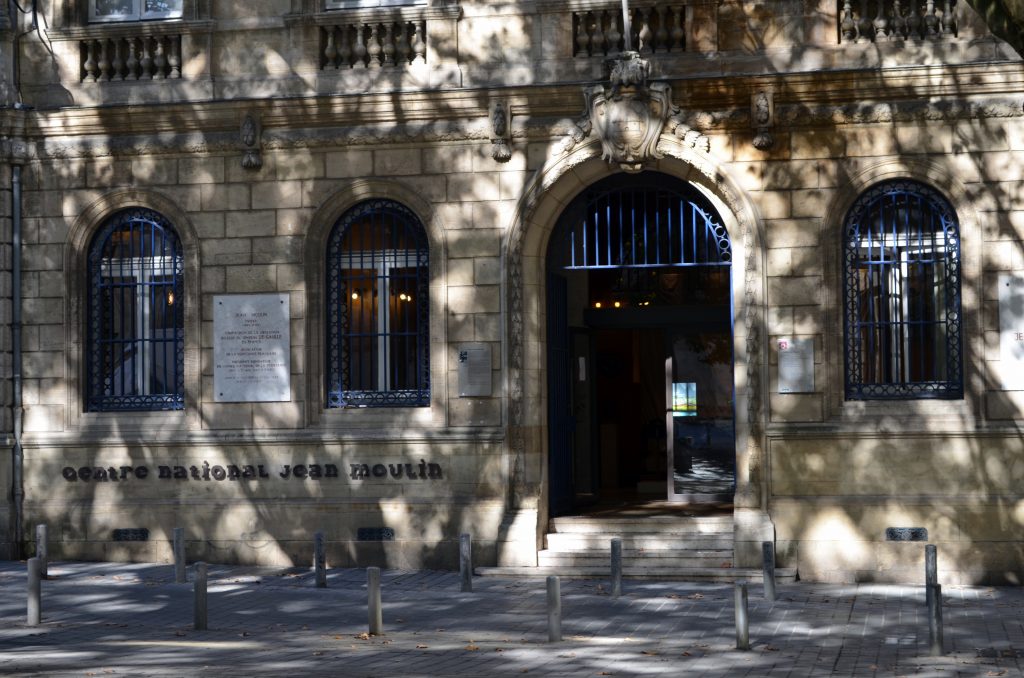
Since then, the Jewish community of Bordeaux has grown with the arrival of a new Ashkenazi congregation and the arrival of Jews from North Africa in the 1960s.
Among the places of Jewish cultural life, we find the Yavné Center , opened in 2000, following the closure of the Bordeaux Community Center on Place Charles Gruet. The city benefits from a Beth Halimoud created ten years ago by Sébastien Allali.
Another important place in the city to visit, the Jean Moulin National Center in Bordeaux , named in tribute to the great Resistance fighter. Created at the instigation of Jacques Chaban-Delmas in 1967, this museum and documentation center on the Second World War presents collections devoted to the Resistance, the Deportation and the Free French Forces.
The Jewish cemetery established in 1764 is today the only one in activity. The 18th century tombs are simple rectangular slabs. In the following century, cippi, sarcophagi, cenotaphs and stelae in the form of law tables were used.
On 10 January 2024, the Jewish community marked the 80th anniversary of the round-up of Jews in Bordeaux. The tribute took place in the Bordeaux synagogue, where the names of the 365 people arrested on 10 and 11 January 1944 and then taken to Drancy were read out. Among the fifty or so children who were locked up in the synagogue was Boris Cyrulnik, six years old at the time. The author, who survived the roundup by hiding in the building, took part in the ceremony. The ceremony underlined the importance of passing on the memory and the fight against the increased resurgence of anti-Semitism over the last two decades, and particularly since 7 October 2023.